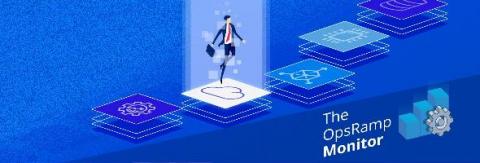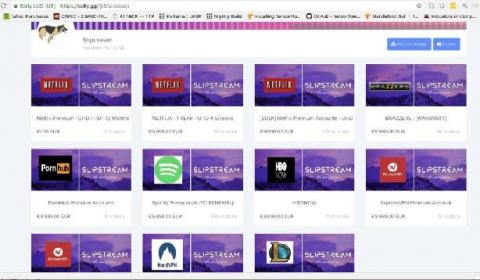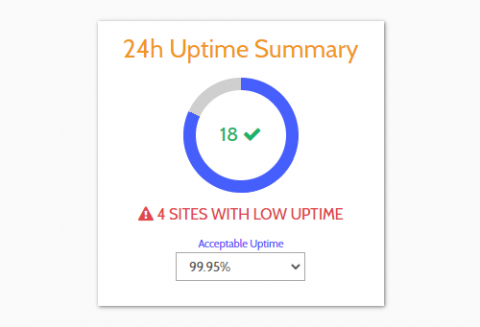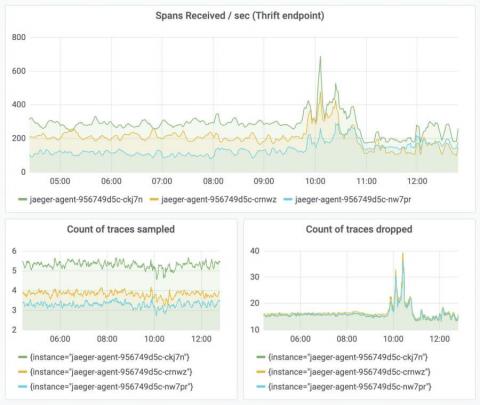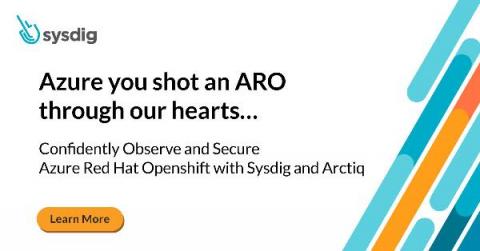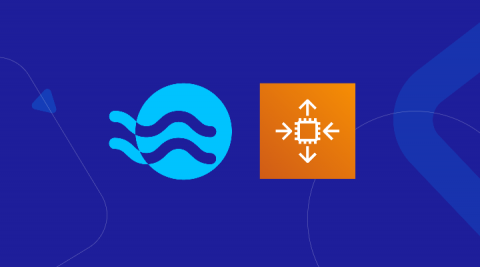The OpsRamp Monitor: Outage lessons, GCP advantages, IT careers
For IT professionals, an enduring outage is one of the worst things that can happen. There goes your credibility, and here comes the executive team enraged and impatient. Now of course, given the distributed, multi-sourced nature of IT infrastructure, some outages are simply not preventable. The details are still emerging from the June 9th outage on IBM Cloud. ITPro Today interviewed Forrester analyst Dave Bartoletti for some mitigation advice.


